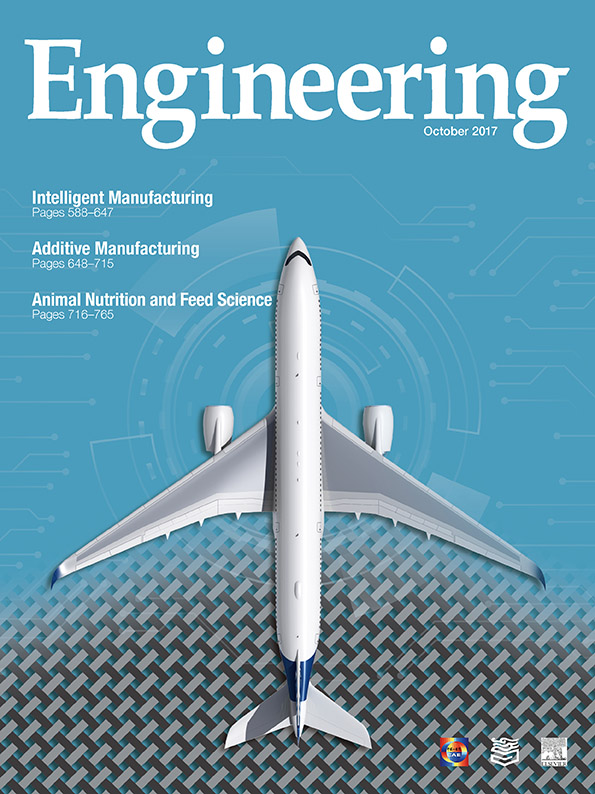
Animal nutrition and feed science are the main scientific support for the modern breeding and feed industries. Furthermore, many aspects of biotechnology, information technology, environmental health science, and ecology are involved in the formation and development of these two disciplines.
The development of animal nutrition and feed science in China has passed through three historical stages.The first stage (1949–1957) occurred during the early establishment of China. At that time, research mainly focused on investigating feed resources, developing unused feed resources, evaluating feed nutritive value, and processing and storing forage. The second stage (1958–1978) occurred during a period of planned economy, during which research into animal nutrition and feed science came nearly to a standstill for historical reasons. The third stage (1979–present) is occurring during a period of reform and opening-up. Many sub-disciplines were formed, such as pig nutrition, poultry nutrition, dairy cow nutrition, beef nutrition, sheep nutrition, and feed nutritive value evaluation. Many standards were established and published, such as feed standards for pigs, chickens, dairy cows, beef cattle, and sheep; feedstuff standards; and feed hygienic standards. China’s feed ingredient and feed nutritive value forms were also released. Moreover, research into animal nutrition entered a new stage, in which a large number of studies were carried out and numerous achievements were made in the nutritional metabolism of aquatic animals and special animals; the evaluation of feed biological value; general investigations into amino acids, minerals, and feed anti-nutritional factors; the development of nutritional and non-nutritional feed additives; the utilization of non-protein nitrogen; and the updating of Chinese feedstuff data.
To date, animal nutrition on the microscale has made remarkable progress in revealing physiological and biochemical reactions and metabolic rules for nutrients in animals, regulating complementation and antagonism among all kinds of nutrients, and even changing the multi-mechanism between animals’ external environment and their internal microorganism environment. Moreover, research in modern animal nutrition and feed science no longer stops at studying animal nutrient requirements; scholars in these disciplines now pay increasing attention to human food safety and environmental protection as they work toward sustainable animal nutrition and feed science.
This collection of papers reviews the literature related to the latest advances in ruminant nutrition, pig nutrition, environment control, and aquatic animals. It also focuses on the hot topics of dietary fiber and the current use of Chinese herbal medicine in animal diets. We are very grateful to all the contributors from Canada, Japan, the United Kingdom, and China for their support for this special issue.













 京公网安备 11010502051620号
京公网安备 11010502051620号




